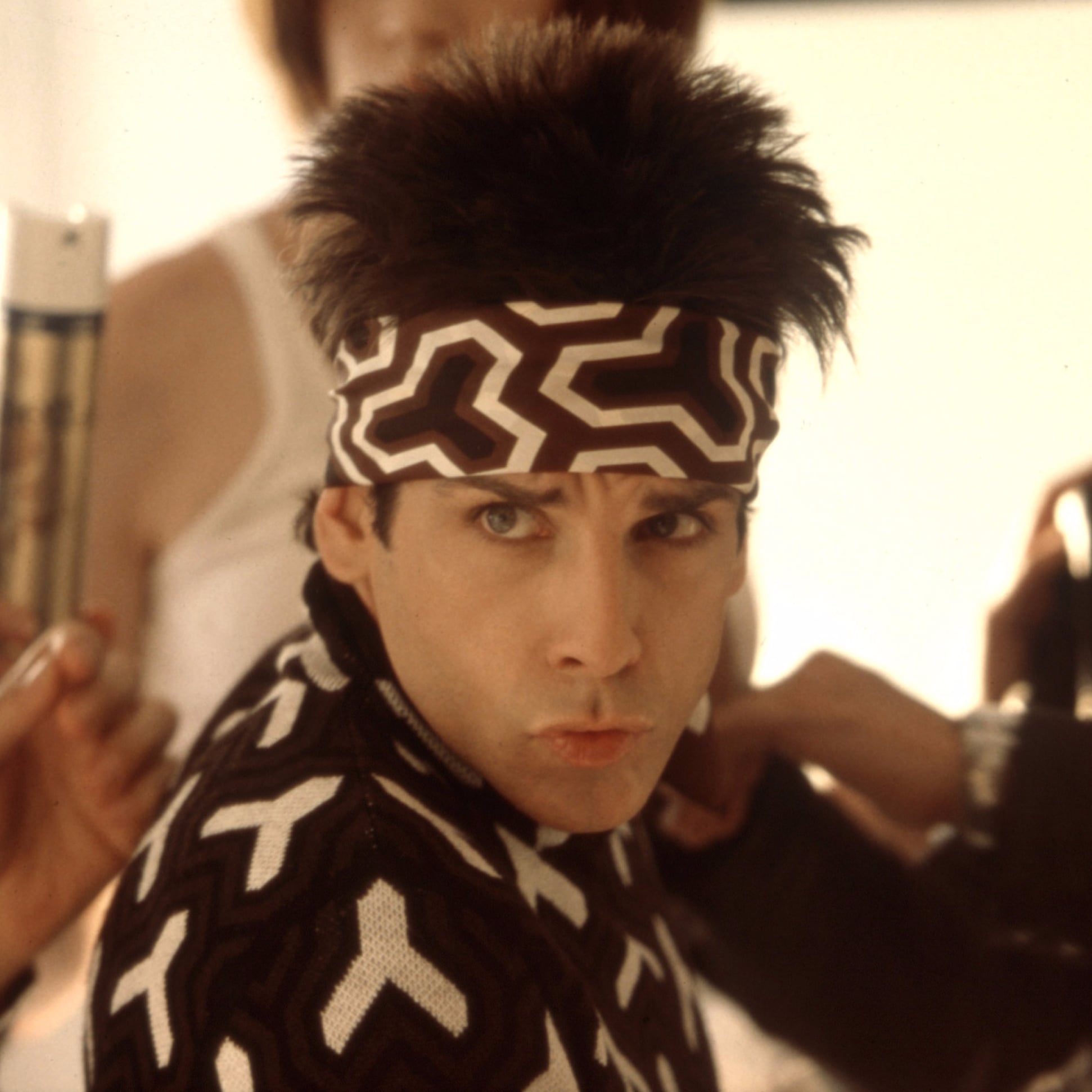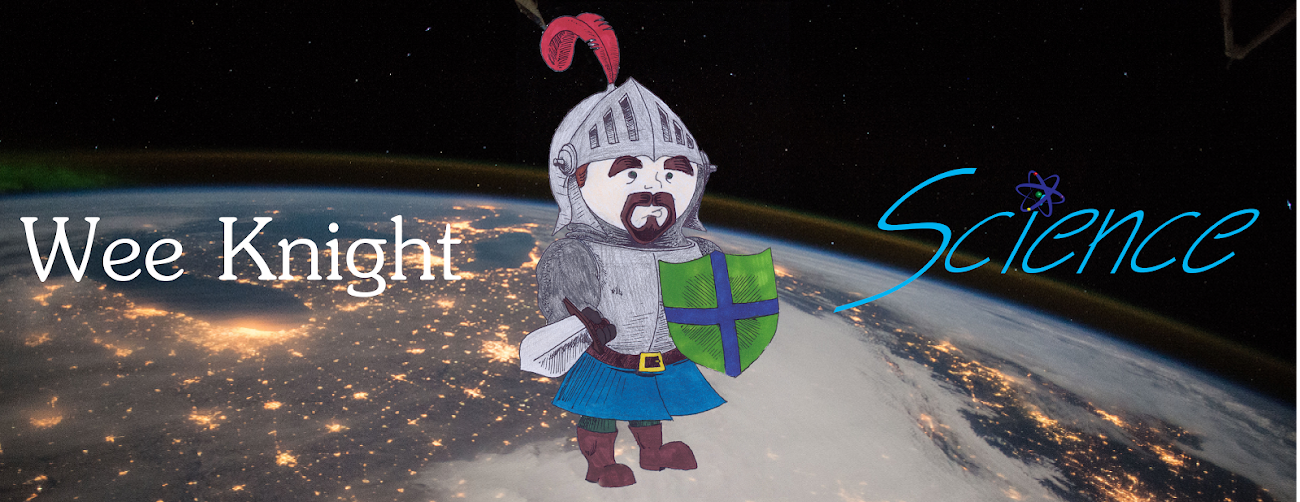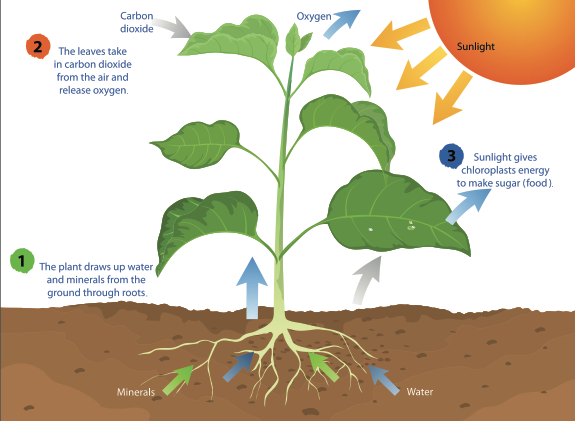If you were hoping for something more clickbait-y, here is a pupper to tide you over till the end of this post:
WeRateDogs is
bae. You should follow them on the social media platform of your choice for many delights.
Now, let's talk mental shortcuts. We in the (psychology) biz call them
heuristics. In 1974, Amos Tversky and Daniel Kahneman published a paper in
Science that really kicked off research into heuristics. That paper has been cited over 38,000 times--and that's not even including all the undergraduates that had to do a presentation on it that one time.
 |
| Science famous. |
Tversky and Kahneman proposed three different heuristics: Representativeness, Availability, and Anchoring and Adjustment. There is another, Simulation, that they talked about in a 1982 publication. I'm including that, and not any of the other myriad varieties of mental shortcut, because it's fairly easy to understand and there's a cute little story they use to explain it that I really like. Not that I have to justify this to you, as it's my blog and I can write what I want. #murica
1. Representativeness
This heuristic is used to make judgments about the probability that object A is a member of category B. Is that dog a Labrador Retriever? Is Sally a physician? Is Luke Cage one of the Avengers?
Limitations
Base rates (prior probability of outcomes): Steve is quiet, meek, and meticulously organized. Is he a chicken farmer or a librarian? If Steve lives in a town with no libraries and a whole lot of chicken farmers, he's probably a chicken farmer. But one may ignore these facts and only compare Steve to their mental picture of a librarian.
Insensitivity to predictive value: How relevant is the available information for actually predicting the outcome in question? The source of the information may be unreliable. Your preconceptions may be inaccurate; maybe you think of librarians as quiet and organized, but most librarians are just average in their volume and orderliness.
2. Availability
What percentage of people aged 20-30 have children? Likely as not, you will make this judgment based on how many people you know that are 20-30 and have children.
This heuristic is used to estimate the likelihood of an event based on how easily can think of examples of or associations to the event.
Limitations
Search biases and retrieval biases: Recent events will affect what is sitting at the top of your mind. If you just babysat your college friend's 2 children, you're probably going to overestimate the number of young adults with kids.
Strength of association: Do you live in a residential neighborhood with lots of kids, or a schnazzy high-rise apartment building filled with young, career-driven professionals? That too will affect how strongly you associate "20-30 year old" with "has children".
3. Anchoring and Adjustment
When we're forced to make judgments with a lot of uncertainty (i.e., practically no information), it is often useful to start at a reference point (anchor yourself), then adjust to suit the situation. So, when thinking about how likely the Chicago Cubs are to win the 2016 World Series, you may first consider their win rate to date. You will remember that the Cubs hadn't won a World Series in over a century, and chuckle at all those silly Cubs fans. Also, welcome to the future, time traveler! We still don't have hoverboards.
 |
| Pictured: a lie. |
Limitations
Being an egotistical maniac: Maybe you should consider experiences beyond your own and those of your immediate social groups when you're choosing an anchor point, jerk.
 |
| For the last time, not everyone is a male model. |
4. Simulation
We use this heuristic to judge what the outcome of an event will be, based on how easily you can imagine that outcome happening. The Machines also use simulation to keep humanity blissfully oblivious in the best era of our history, which is apparently the nineties?
 |
| Ahhh why are they all wearing mom jeans?!! |
Limitations
Counterfactual construction (if only): To best understand this, here's that story I promised earlier.
"Mr. Crane and Mr. Tees were scheduled to leave the airport on different flights, at the same time. They traveled from town in the same limousine, were caught in a traffic jam, and arrived at the airport thirty minutes after the scheduled departure time of their flights.
Mr. Crane is told his flight left on time.
Mr. Tees is told that his flight was delayed, and just left five minutes ago.
Who is more upset? Mr. Crane or Mr. Tees?" (Kahneman and Tversky 1982, pg. 203)
Mr. Tees, right? Because he
just missed his flight. He totally could have made it if not for those stupid ducks crossing the street!
 |
| This is just absurd. |
We also use counterfactual construction to assess causality by finding unusual factors in an event that led to a dramatic outcome. If a man is shot while shopping at a grocery store far from his house instead of the one he normally visits, people will give him higher compensation for damages (Miller and McFarland 1986).
Misc.: Imagining an event makes it seem more likely. If you're trying to quit smoking, imaging yourself doing so might help.
BONUS: Affect Heuristic
Genetically modified food has saved over a billion people from starvation.
Frankenfood is unnatural.
Now, how does that make you feel? Sometimes, you just have to go with your gut. But really, you're just making judgments based on your emotional response to the issue at hand. So, you know, maybe slow down and take a minute to consider before you demonize
golden rice. :)
Happy New Year, friends! I promise I'll try to post more radical science proclamations in 2017!
References/Further Reading
Fiske ST and Taylor SE (1991).
Social Cognition (2nd ed.). New York: McGraw-Hill.
Kahneman D and Tversky A (1981).
The simulation heuristic. (Report No. 5). Retrieved from
http://oai.dtic.mil/oai/oai?verb=getRecord&metadataPrefix=html&identifier=ADA099504
Tversky A and Kahneman D (1974). "Judgement under uncertainty: Heuristics and biases".
Science 185(4157):1124-1131.

























.png?version=f137a5f6055ba7d8a9b82c4393bad146)
